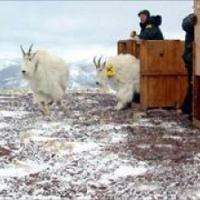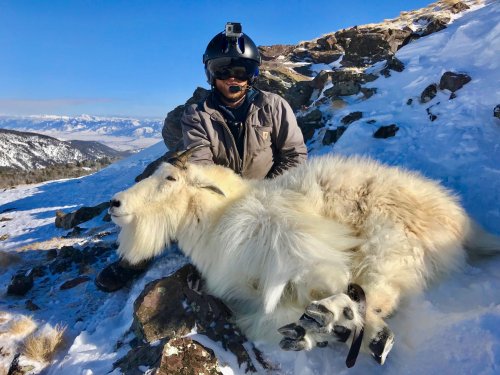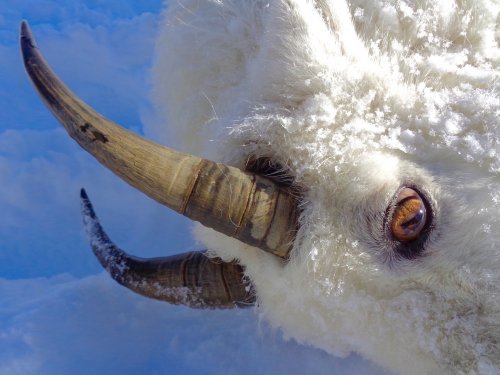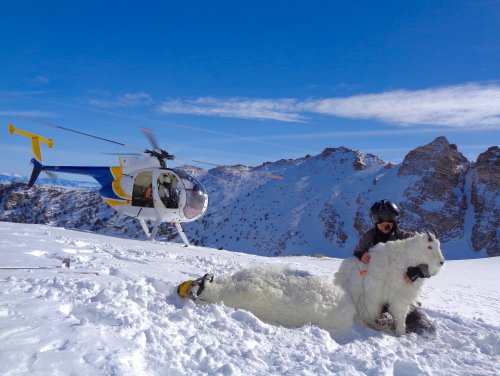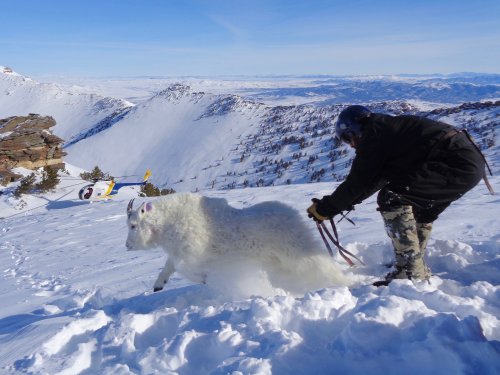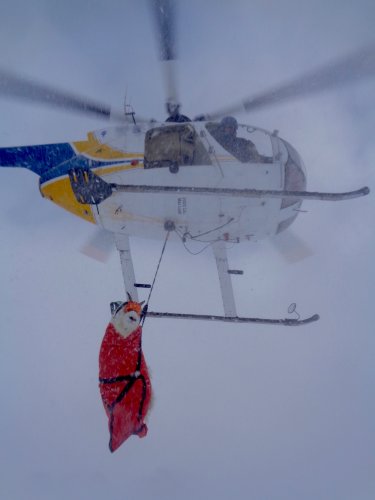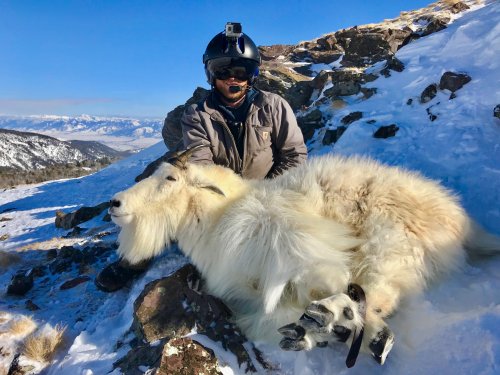BigHornRam
Well-known member
The people that took part in these hunts knew what they were about. If the hunts were not your cup of tea buzz that's fine. Ultimately they took place and I'm glad they did. Beats what's going to happen to the remain goats starting Monday.



